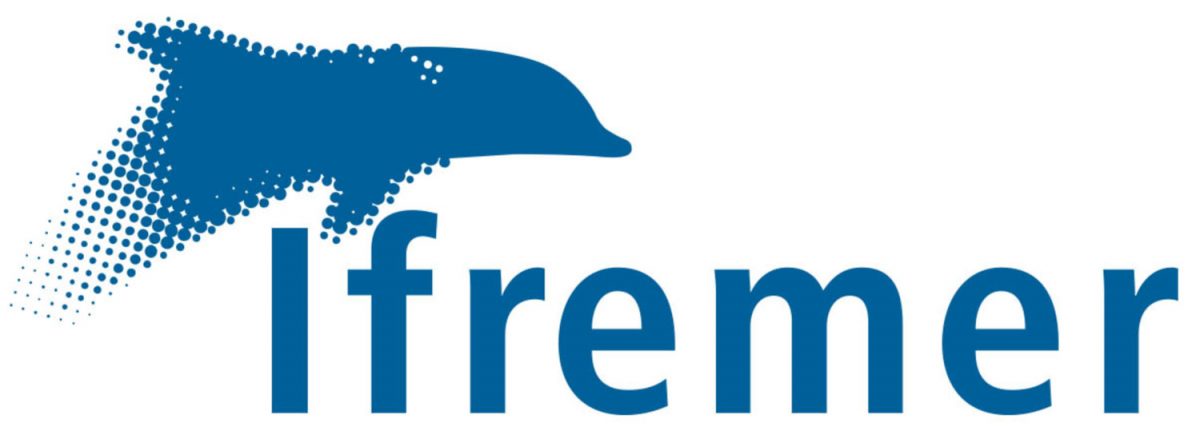
Background
Two large scale offshore wind farms are to be built near the French Pays de la Loire Region coast. The impact of MRE production units impact on pelagic organisms is poorly known. Pelagic organisms are key ecosystem components, as they produce by photosynthesis and funnel the energy and biomass to upper trophic levels and other marine ecosystem components.
The EchoSonde project made it possible to progress on the instrumental barrier, linked to the detection and identification of organisms present in the water column, in a turbid eutrophic coastal environment, and on the barrier linked to the analysis of data allowing to identify by statistical means the species present and describe their spatio-temporal dynamics. But too strong logistical constraints did not allow the sustainable deployment of an EchoSonde connected to shore in real time as part of the first phase. The EchoSondeBis project therefore targets the immersion of a simplified integrated acoustic observatory that is deployed autonomously, in order to alleviate technological constraints.
Scientific advances and innovation
The Ec(h)oSonde project will lead to the development of an integrated acoustic observatory including an innovative broadband echosounder. This will allow for a better characterisation of pelagic targets based on acoustic data with the broadband technology compared to narrowband echosounders. The coastal pelagic ecosystem in the vicinity of the Ec(h)oSonde will be continuously sampled at high spatial resolution for the first time, providing new insights on the temporal dynamics of zooplankton and fish from dial to seasonal scales.
The project will require the development of new data processing procedures to manage the big data flow from the observatory in near-real time.
Expected technical and economic impact
The Ec(h)oSonde project will provide new methods for integrated acoustic monitoring of marine renewable energy (MRE) impact on pelagic ecosystems.
It will provide a unique high-resolution dataset on the local coastal pelagic ecosystem prior to the building of the windmill farm.
Key project milestones
- April 2017 - Project kickoff
- June 2017 - Broadband echosounder testing, first sea survey in the SEM-REV area: hydrobiological and broadband acoustic data collection
- October 2017 - Second sea survey: hydrobiological and acoustic data collection
- June 2018 - Extensive sea survey: hydrobiological and broadband acoustic data collection
- October 2018 - fourth sea survey: hydrobiological and broadband acoustic data collection; building of the Ec(h)oSonde prototype
- March-april 2019 - Ec(h)oSonde first deployment; fifth sea survey: hydrobiological and broadband acoustic data collection
- October 2019 - Sixth sea survey: hydrobiological and broadband acoustic data collection
- February 2022 - Final workshop
Demonstrator
The Ec(h)oSonde project aims at developing a prototype of integrated acoustic observatory to monitor the impact of renewable marine energy (RME) on coastal pelagic ecosystems. The Ec(h)oSonde demonstrator will be deployed in the Centrale Nantes SEM-REV sea test site, next to the future Saint Nazaire’s offshore wind farm.
Results
The Ec(h)oSonde echosounder allows for the resolution and broadband acoustic characterisation of individual, millimetric, mesozooplankton organisms up to 30 m away from the observatory.
Thick Sound Scattering Layers (SSLs) made of zooplankton, small fish and jellyfish were consistently observed in the SEM-REV area in spring. SSLs were far less dense in autumn.
Millimetric to centimetric jellyfish were the dominant organisms sampled in the SEM-REV area in spring.
Extensive layers of dead plankton organisms were observed in spring 2018, following a strong microalgae bloom.
Millimetric zooplankton crustaceans dominated the pelagic community in autumn.
The EchoSondeBis autonomous broadband echosounder acquired data every hour in the SEM-REV site from June to November 2021. These new acoustic data have made it possible, for the first time in France, to observe in detail ecological processes on fine temporal scales not resolved by sea surveys: migration of fish towards the surface at night and effects of tidal currents and internal waves on pelagic organisms. Significant monthly variations in the abundance and density of schools of small pelagic fish and micronekton organisms (fish larvae, jellyfish, etc.) were also observed for the first time using EchoSondeBis data.
Publications and papers published
Oral Communications
- ALICIA MAURICE , LAURENT BERGER , MATHIEU DORAY, First approach to unsupervised classification of broadband fisheries acoustic data for ecosystem monitoring, Working Group on Fisheries Acoustics, Science and Technology | Conférence Avril 2021
- A video broadcast on Youtube was shot by Ifremer during the PHOENIX2018 campaign aimed at characterizing the pelagic environment around the Floatgen wind turbine, as part of the EchoSonde project. It was picked up by various media.
Prospects
Building on the experience gained during the project to develop a more versatile and enduring EchoSonde 2.0 that could be deployed in all offshore MRE production sites to help monitoring their impacts on the local pelagic ecosystems








